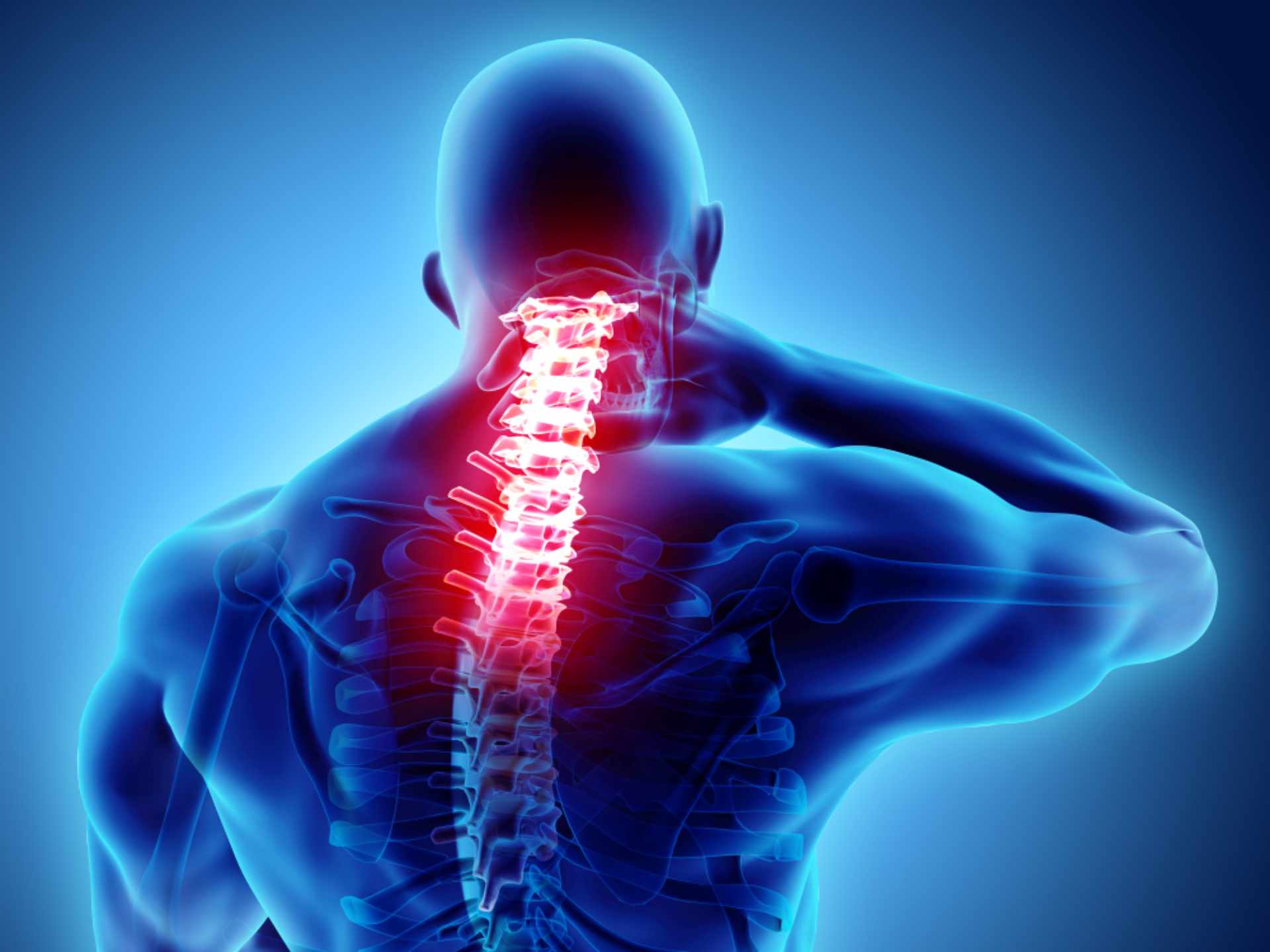Cervical
Table Of Contents
- Introduction
- Exploring the Depths of Cervical Pain
- Identifying the Signs and Symptoms
- Effective Relief Strategies for Cervical Pain
- Preventing Cervical Pain
- Conclusion
Introduction
Cervical pain, commonly referred to as neck pain, is a prevalent condition that can stem from various underlying factors, including muscle strain, poor posture, or degenerative changes in the cervical spine. This discomfort can significantly impact daily activities and quality of life, making it crucial to understand its causes, symptoms, and treatment options. In this blog post, we’ll delve into the complexities of cervical pain, offering insights into how you can find relief and improve your neck health.
Exploring the Depths of Cervical Pain
Cervical pain can arise from several different sources, such as:
- Muscle strain or tension: Overuse, poor posture, or sudden movements can lead to muscle strain in the neck, causing pain and stiffness.
- Cervical spondylosis: Degenerative changes in the cervical spine, such as osteoarthritis or bone spurs, can result in pain, stiffness, and reduced mobility.
- Herniated discs: When the soft inner material of a cervical disc protrudes into the spinal canal and compresses nearby nerves, it can cause neck pain and radiating symptoms.
- Cervical radiculopathy: Compression or irritation of the nerve roots in the cervical spine can lead to symptoms such as pain, numbness, or weakness in the neck, shoulders, arms, or hands.
- Poor posture or ergonomics: Prolonged sitting, slouching, or using electronic devices can strain the muscles and ligaments in the neck, leading to discomfort and stiffness.
Identifying the Signs and Symptoms
The symptoms of cervical pain can vary depending on the underlying cause, but may include:
- Pain, stiffness, or discomfort in the neck, shoulders, or upper back
- Limited range of motion or difficulty turning the head
- Headaches or migraines that originate from the neck
- Radiating symptoms into the arms, hands, or fingers, such as numbness, tingling, or weakness
- Muscle spasms or tightness in the neck and shoulder muscles
- Difficulty sleeping or finding a comfortable position
- Symptoms that worsen with certain movements or activities, such as looking down or turning the head
Effective Relief Strategies for Cervical Pain
Treating cervical pain often involves a combination of conservative measures and lifestyle modifications, including:
- Resting the neck and avoiding activities that exacerbate symptoms
- Applying ice packs or heat therapy to reduce pain and inflammation
- Taking over-the-counter pain relievers, such as NSAIDs or acetaminophen, to alleviate discomfort
- Performing gentle stretching and strengthening exercises to improve flexibility and muscle support in the neck and shoulders
- Using supportive devices, such as cervical pillows or ergonomic chairs, to maintain proper posture and reduce strain on the neck
- Undergoing physical therapy or manual therapy techniques, such as massage or mobilization, to relieve tension and improve mobility
- Considering corticosteroid injections or nerve blocks for targeted pain relief and inflammation reduction
- Exploring alternative therapies, such as acupuncture, chiropractic adjustments, or mind-body techniques, for additional pain management and symptom relief
Preventing Cervical Pain
While it may not always be possible to prevent cervical pain entirely, there are steps you can take to reduce your risk and promote neck health:
- Maintain good posture and ergonomic principles when sitting, standing, or performing activities of daily living
- Take regular breaks from prolonged sitting or screen time to stretch and move the neck and shoulders
- Use proper lifting techniques and avoid carrying heavy loads on one side of the body
- Stay active and engage in regular exercise to strengthen the muscles supporting the neck and improve overall flexibility and mobility
- Practice stress management techniques, such as deep breathing, meditation, or yoga, to reduce tension in the neck and shoulders
Conclusion
Cervical pain can be a challenging and disruptive condition, but with the right approach, it is often manageable. By understanding the causes, symptoms, and effective relief strategies for cervical pain, you can take proactive steps to address your symptoms and improve your neck health.
“At Arunalaya Healthcare, we pride ourselves on being the best physiotherapy center in Delhi. Our dedicated team of experts offers top-notch physiotherapy treatment tailored to your needs. Experience the difference with the leading physiotherapy clinic in Delhi area. Our commitment to excellence ensures that you receive the best physiotherapy care possible. Trust Arunalaya Healthcare for the best physiotherapy treatment in Delhi. Our advanced physiotherapy solutions set us apart as the premier choice for your rehabilitation needs. When it comes to physiotherapy, our center stands out as the best in Delhi. Choose Arunalaya Healthcare for comprehensive physiotherapy solutions that deliver results. Visit Arunalaya Healthcare today and discover why we are the best physiotherapy center in Delhi.”
Cervical pain relief | Causes of neck pain | Cervical spondylosis treatment | Exercises for neck pain relief | Symptoms of cervical radiculopathy | Alternative therapies for cervical discomfort | Chiropractic care for neck pain | Posture correction for cervical pain | Ergonomic tips for neck health

